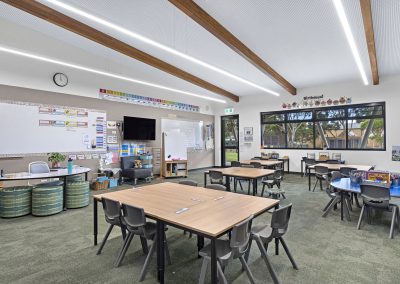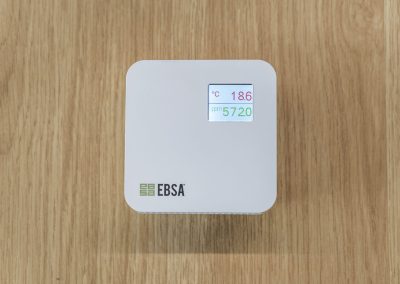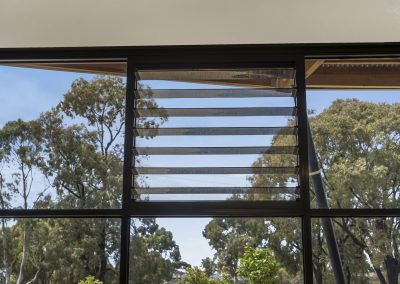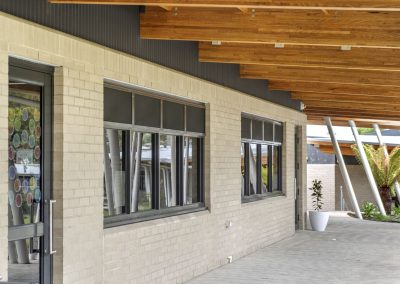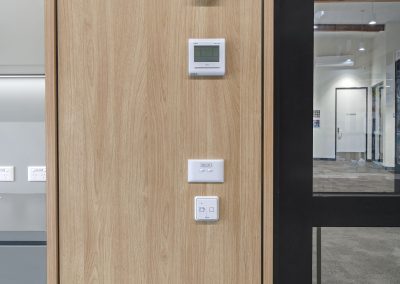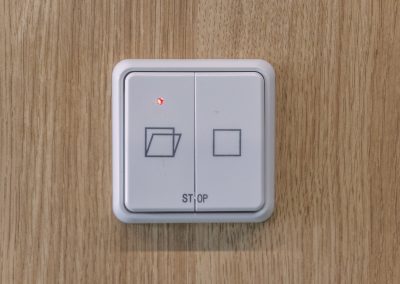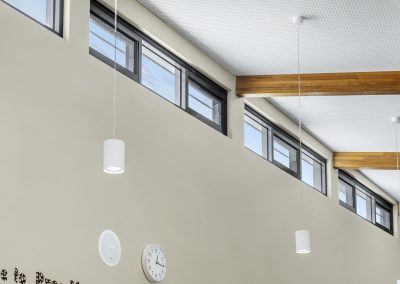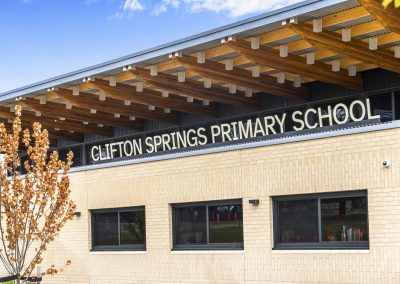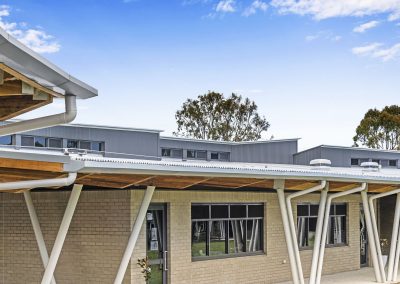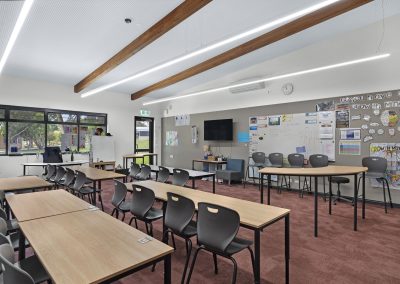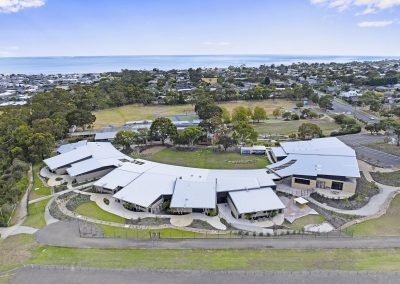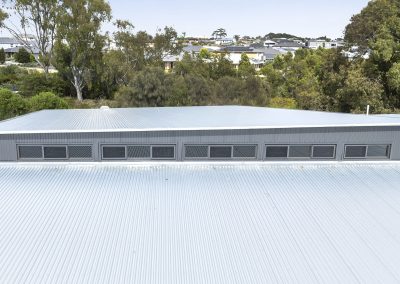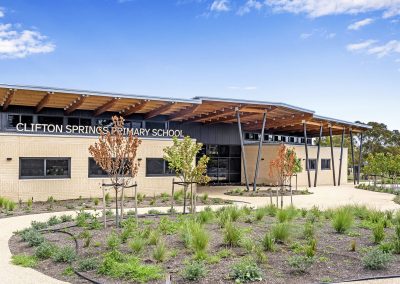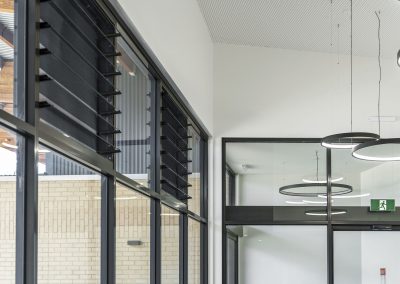Clifton Springs Primary School utilising Automated Window Control for CO2 and Temperature Management
BELLARINE PENINSULA, VICTORIA, AUSTRALIA
In planning for a new school at Clifton Springs in Victoria, Minx Architecture and Thomas Consulting where engaged to deliver a building that would satisfy the requirements of the National Construction Code and meet the minimum standards for construction and design as set out in the Building Quality Standards Handbook (BQSH) issued by the Victorian School Building Authority.
Naturally ventilated classrooms have been demonstrated in numerous studies to provide improved academic outcomes, and in more recent times utilised as one of the best defences against airborne viruses, so a fundamental requirement was to improve air quality by maximising the use of natural ventilation and in doing so reduce the building’s reliance on mechanical heating and cooling to deliver a more sustainable design.
Determining when external conditions are suitable for the Powerlouvre Windows to be opened for natural ventilation or when poor internal air quality requires that windows should be opened for CO2 purging can be a challenge for teachers.
The consultants approached EBSA Pty Ltd to design a solution that could overcome the challenges whilst maintaining simplicity of operation. The key component to the design is the use of a CPS-M ventilation controller which is the brains of the system and allows the functionality to be customised to each project.
Use Of Natural Ventilation
External temperature, wind and rain sensors monitor the outside conditions, automatically opening and closing the Breezway Powerlouvre Windows based on whether external conditions are favourable for natural ventilation.
Integration With CO2 Sensors
The CO2 sensors were connected directly to the CPS-M system which monitors each sensor within the zone and open the Powerlouvre Windows automatically should CO2 exceed safe levels.
When outdoor conditions are suitable for natural ventilation and the windows are opened to take advantage of this, the mechanical plant is automatically deactivated. When outdoor conditions are not suitable for natural ventilation to be used for occupant comfort but a CO2 purge is required, the system opens the windows until CO2 levels drop, but keep the mechanical plant running to avoid unnecessary cycling.
Occupant Over-ride
If the teacher desires to open the windows outside of the predetermined conditions, this is easily done via the wall mounted switch. The system distinguishes between a manual request to open the windows and the automatic opening in response to CO2 levels.
If the automated opening of windows is undesirable (e.g. noise pollution) the teacher can override the system by simply pushing the close button.
Close On Alarm Activation Or Loss Of Power
A function pioneered by EBSA and widely adopted by VSBA is the ability to interface the CPS-M controller with the schools’ security system. Once the building is alarmed, all windows are automatically closed. This ensures that windows opened by cleaners after hours will shut when the building alarm is re-activated.
Mains power is also monitored and the Powerlouvre Windows will be automatically closed in the event of power being lost.
Satellite Modules Reduced Cabling
The use of Breezway Powerlouvre Windows in combination with the EBSA controllers allowed the use of specially designed Satellite modules developed by EBSA in collaboration with Breezway.
Satellite modules provide addressable digital functionality to the Powerlouvre Window motors. This digital addressability enables field cabling to be reduced by up to 50%, further increasing the project’s sustainability credentials.
EBSA delivered a control system that is fully automated while retaining the ability for the user to manually control the windows. It has superior sustainability credentials due to significantly reduced field cabling requirements and maximises the use of natural ventilation whilst minimising the impact on the mechanical system.
Architect: Minx Architecture
Engineer: Thomas Consulting
Photography: EBSA


